
An employee sorts gold ornaments at a jewelry shop in Lianyungang, Jiangsu province. (PHOTO by SI WEI/FOR CHINA DAILY)
China's gold demand is likely to pick up in the second half, fueled by the implementation of stimulus policies that aim at reviving consumption and growing interest from investors who seek safe-haven assets, said experts.
Wang Lixin, CEO of the World Gold Council (China), said the second half is the traditional peak season for holiday-related gold jewelry consumption, which is likely to drive up demand. The introduction of various economic stimuli with a focus on consumption may also contribute to growth.
Investment demand in the gold bars and coins segment will also grow in the second half in China driven by investors' inclination toward safe-haven assets, Wang said, adding that a double-digit year-on-year growth for gold coins and bars is expected for 2023, while investment in gold-backed exchange-traded funds (ETFs) in China may remain stable in the following six months.
Such remarks came after strong demand for both gold jewelry and investment was shown in the first half. WGC data revealed that domestic gold jewelry demand increased by 17 percent year-on-year to 328 metric tons in the first six months. Demand for gold bars and coins grew by 33 percent to 115 tons in the same period.
The WGC said gold ETFs in the Chinese market saw an outflow of about 521 million yuan ($72.58 million) in the first half, supported by expectations of a strong economic recovery at the beginning of the year, and profits triggered by gold price increases.
Wang said that the optimization of COVID-19 control measures laid the foundation for the recovery of gold jewelry demand in the first half. The pent-up demand for wedding jewelry since last year also provided a boost to gold jewelry consumption. Additionally, gold's unique dual attributes as a value-preserving asset and daily accessory continue to attract attention from consumers amid global economic uncertainties and a weakening yuan.
Nevertheless, domestic gold jewelry demand has not fully recovered to the levels seen in 2021, and was still 4 percent lower than the 10-year average, he said, attributing the reason to record-high gold prices.
The benchmark LBMA (London Bullion Market Association) pm auction gold price averaged $1,976 per ounce during the second quarter, a record high, according to the WGC. This price was 6 percent higher year-on-year and 4 percent above the previous record high from the third quarter in 2020, the council added.
The rising gold prices may adversely affect jewelry consumption in the second half, Wang said.
Another reason behind the slow recovery of gold jewelry demand, Wang said, is that consumers increased their spending on travel and other forms of entertainment since COVID-19 control measures were optimized, reducing the space for gold jewelry consumption.
Wang estimated that moving into the second half, demand for 3D-hard-pure gold jewelry products, a type of pure gold products featuring a relatively lighter per-piece weight and thus a lower per-piece price, will see a larger market share thanks to their extra hardness, stylish designs, diverse styles and affordability amid the rising gold prices.
Heritage gold jewelry — pure gold products featuring cultural designs and traditional Chinese elements — will retain a stable share of the market, while gold products adorned with various gemstones may continue to be favored by young consumers, he said.
"Gold buying by the People's Bank of China (the central bank) is likely to remain strong in the second half, which may also spur investment in the precious metal," Wang said.
In the first six months, the central bank reported a total purchase of 103 tons of gold, with 45 tons made in the second quarter. As of the end of June, China's official gold reserves have increased for the eighth consecutive month, reaching 2,113 tons, the State Administration of Foreign Exchange said.










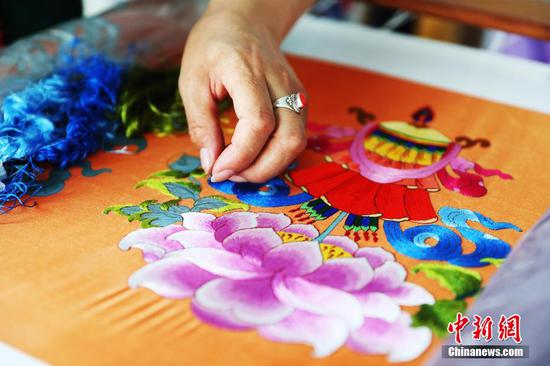

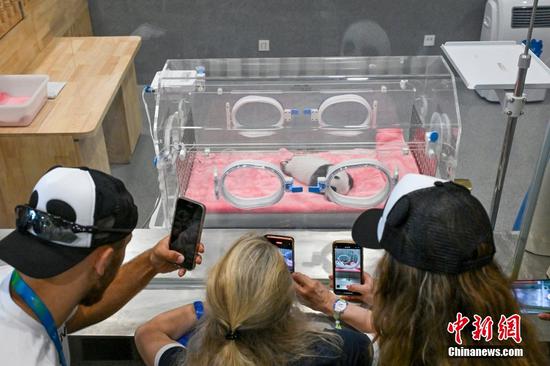
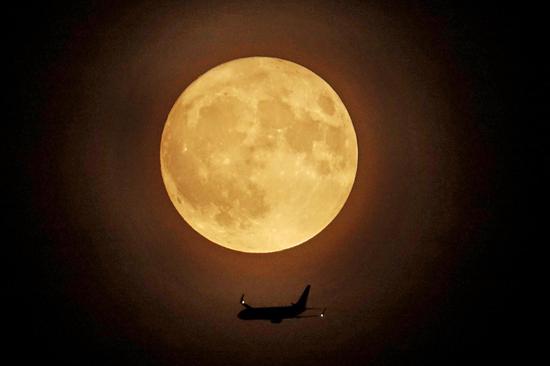



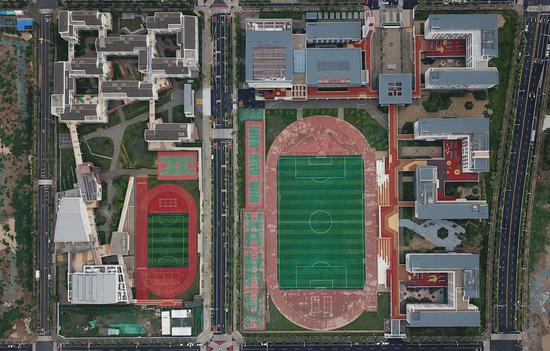




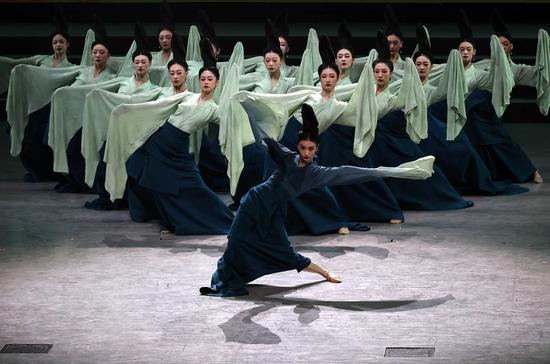



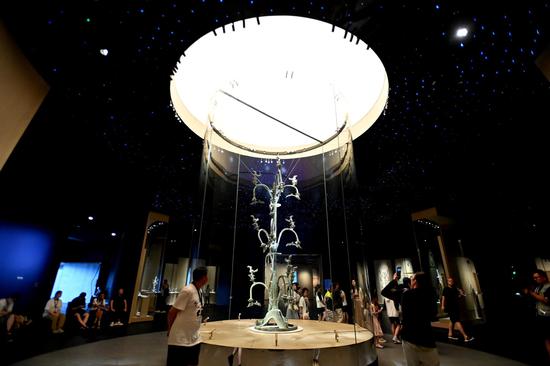
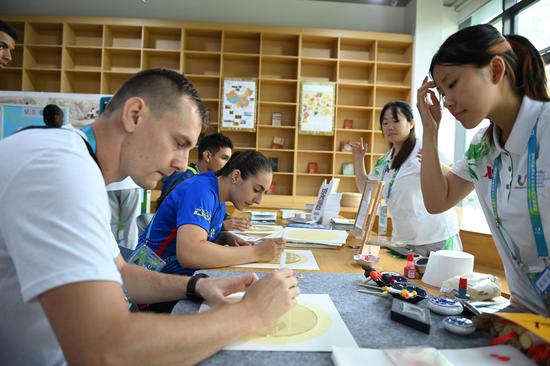


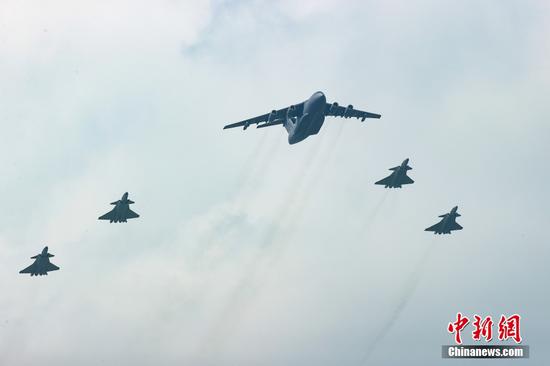
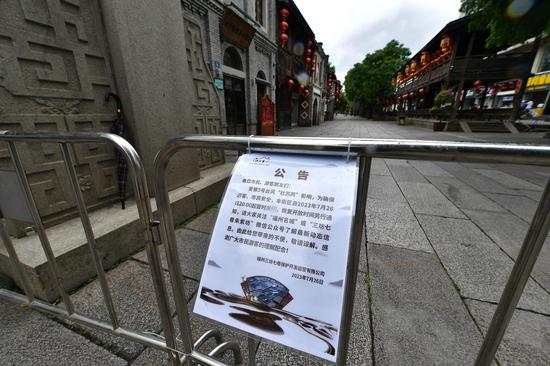



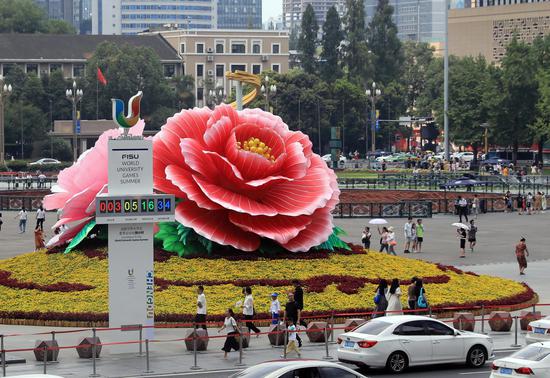

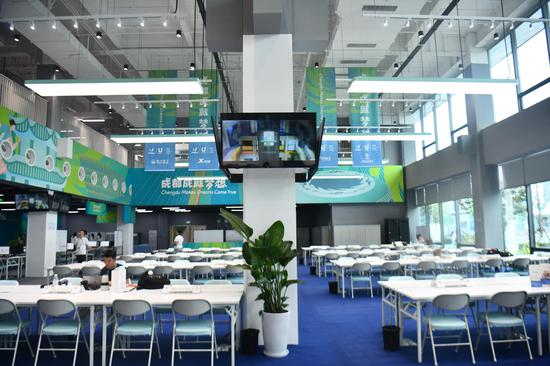
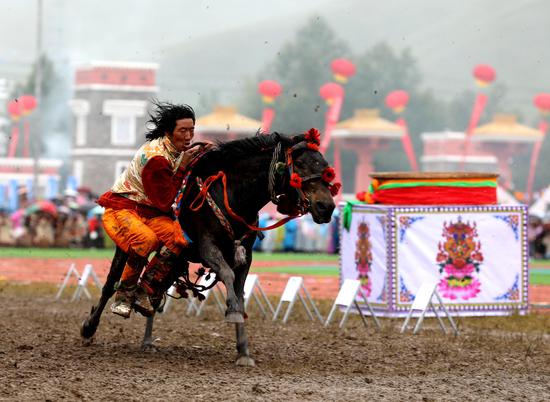


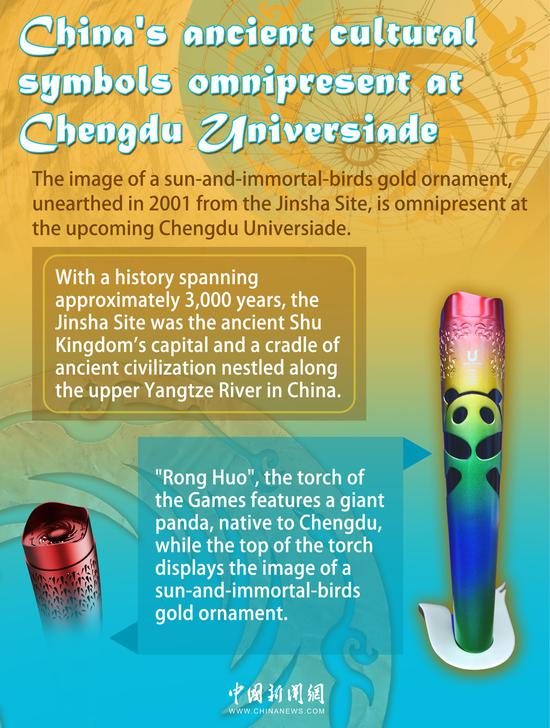

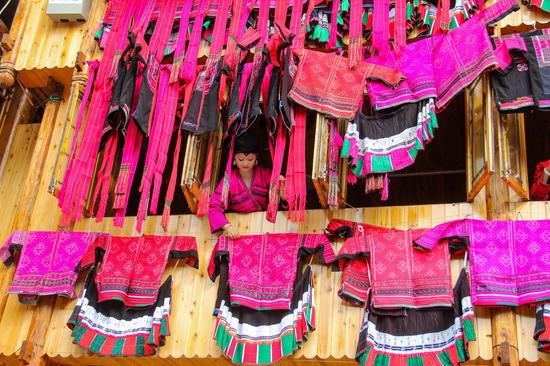






 京公网安备 11010202009201号
京公网安备 11010202009201号
